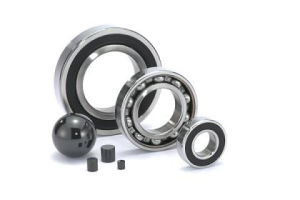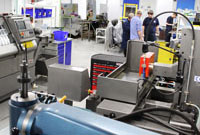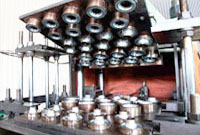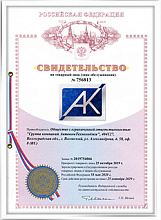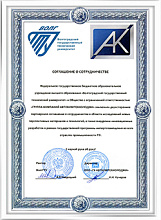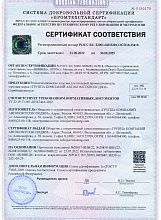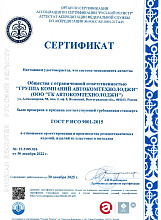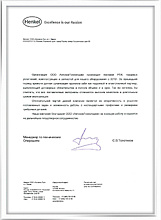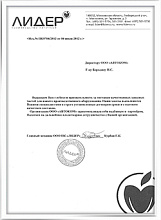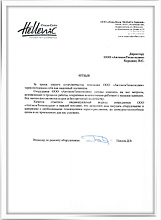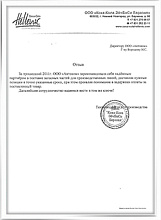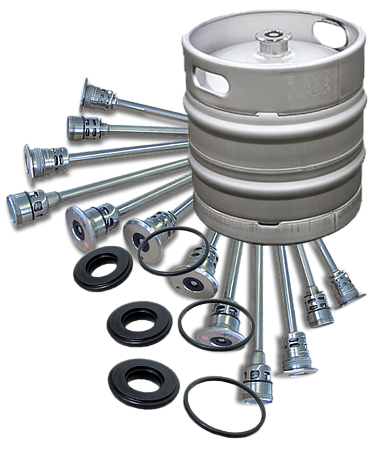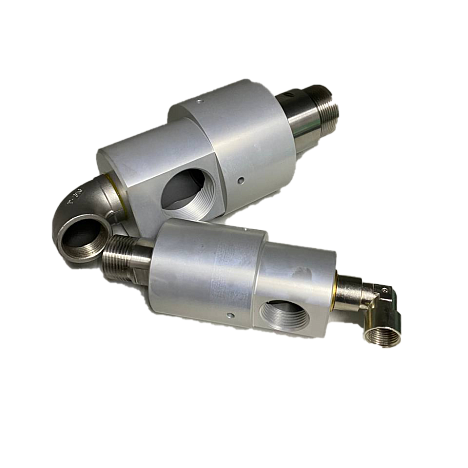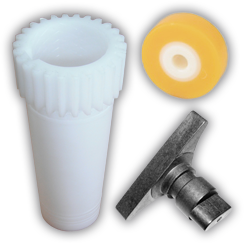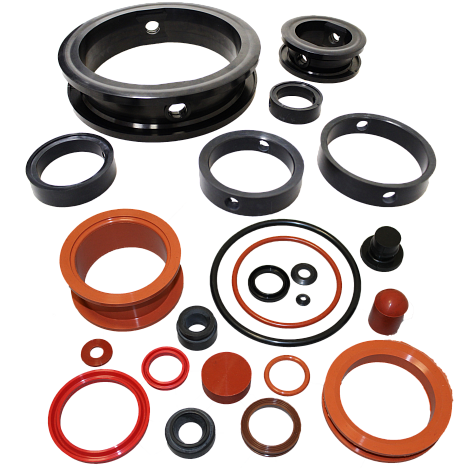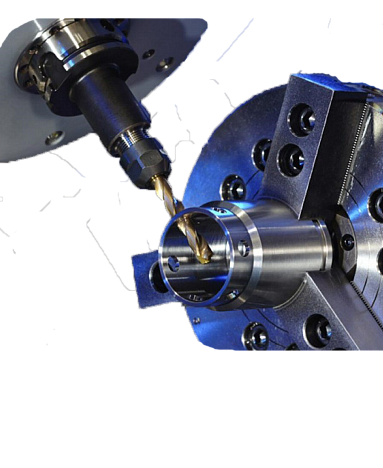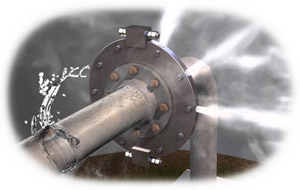
How high pressure affects the mechanical seal.
The high pressure of the working fluid in the mechanical seal causes the following problems:
1. An additional axial hydraulic load is created on the sealing surface, in addition to the fact that initially present on the friction pair under the action of a spring, this excessive axial load can:
- generate heat that can damage seal components, such as elastomers and friction pairs, and in some cases damage the pumped medium;
- lead to excessive wear of the surfaces of the friction pairs of the mechanical seal for a short period of time, this is especially important if you seal unstable liquids or liquids with poor lubricating properties (including thixotropic liquids that lose their viscosity at a constant shear stress);
- to cause problems with slipping, because carbon from the outside can be worn and the ground surfaces of the friction pair of the mechanical seal "open";
- change the size of the frayed sealing surfaces.
2. Pressure, can deform one or more compaction components, as a result this will cause the sealing surfaces to "open".
3. Also, the mechanical seal can undergo a "tangential stress" that will try to squeeze its surfaces and, as a result, destroy them.
4. High pressure can force the elastomer out of the seat in the seal, leading to leakage at this point.
High hydraulic pressure can occur for the following reasons:
- in most single-stage pumps, the pressure in the stuffing box is slightly higher than the suction pressure, while in multistage and circulation pumps the pressure in the stuffing box can be very high;
- atypical operation of the pump, in which the valves quickly open and close, will lead to an increase in pressure;
- when the power of the pump is lost, the pressure drops and the liquid begins to evaporate, resulting in a vacuum "bubble" in the pipeline and as the fluid enters, this "bubble" bursts, a shock wave appears, which increases the pressure.
The most effective ways to solve the problems of sealing at high pressure:
1. Install a seal that will cope with high pressure:
- use a hydraulically balanced seal to reduce the axial load;
- use O-rings of cross-section equal to the thickness;
- use solid (durometric) support O-rings to prevent extrusion (extrusion) of elastomers.
2. Install several seals in such a way that they evenly distribute the pressure:
- use of double mechanical seal is the most optimal solution.
In some nuclear installations, the three seals are tandem in order to ensure a uniform distribution of high pressure. Double seals, arranged in the "tandem" type, occupy a large axial space, so for their use it is necessary to stabilize the shaft. It is important to understand that all seals work as one mechanism and if one seal fails, then fail and the rest.
Mechanical seal in vacuum pumps.
Vacuum means a medium consisting of gas at a pressure well below atmospheric pressure.
There are many units of vacuum measurement, most of them are already obsolete and are rarely used in practice. The most common units of measurement today are Pascal and a millimeter of mercury.
In general, the seals for vacuum pumps are divided into two categories:
1. The usual vacuum:
- this vacuum is formed on the suction side of the pump when the centrifugal pump is used to lift the liquid;
- hydraulically balanced seal designs can handle this vacuum;
- uniformly located o-rings, can "seal" the vacuum.
2. High vacuum:
- elastomers are not suitable for working with high vacuum, under such conditions, the elastomer is absorbed, which leads to a proportional increase in density and a reduction in volume, to the extent that sealing becomes impossible and its sealing properties become useless, resulting in a leak at this point . A suitable solution when working with a high vacuum is the use of metal seals;
- since in installations with high vacuum, there is no moisture for the separation (leaching) of graphite from carbon graphite, this causes problems with self-lubrication and an increase in the density of the faces of the mechanical seal;
- The double tandem seal, due to the high pressure of the lubricating barrier liquid, is the simplest solution for sealing in a high vacuum.
Conventional mechanical seals are not suitable for operation in high vacuum. However, there are various materials that can be used successfully under certain operating conditions.
The highly qualified specialists of AvtokomTehnolodgy group of companies will help you to choose the mechanical seal for the pump, ideally suited to its working conditions, temperature, viscosity and pressure of the working fluid.
 en
en
 Русский [ru]
Русский [ru]

